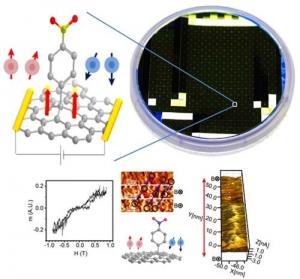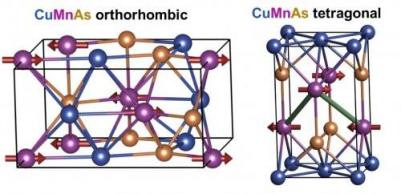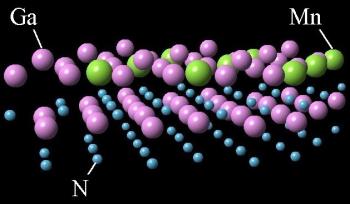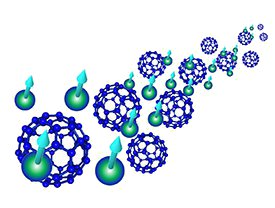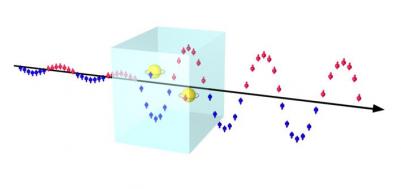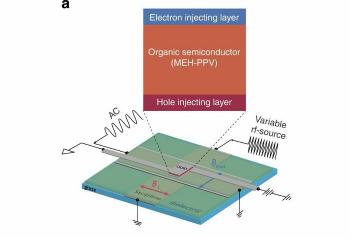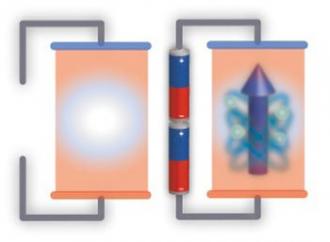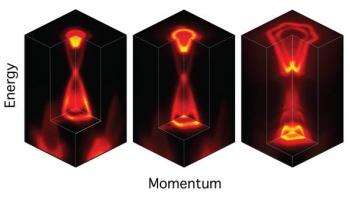Researchers manage to switch robust ferromagnetism close to room temperature by using low electric fields
Researchers from Germany, France and the UK managed to switch on and off robust ferromagnetism close to room temperature by using low electric fields. They hope such work will lead to applications in low-power Spintronics devices.
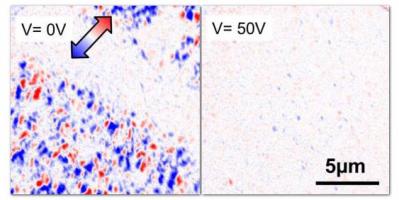
The researchers used a ferroelectric BaTiO3 substrate and covered it with a thin film of magnetic FeRh. They then demonstrated how the magnetic order of the sample changes dramatically, when a moderate external electric field is applied
